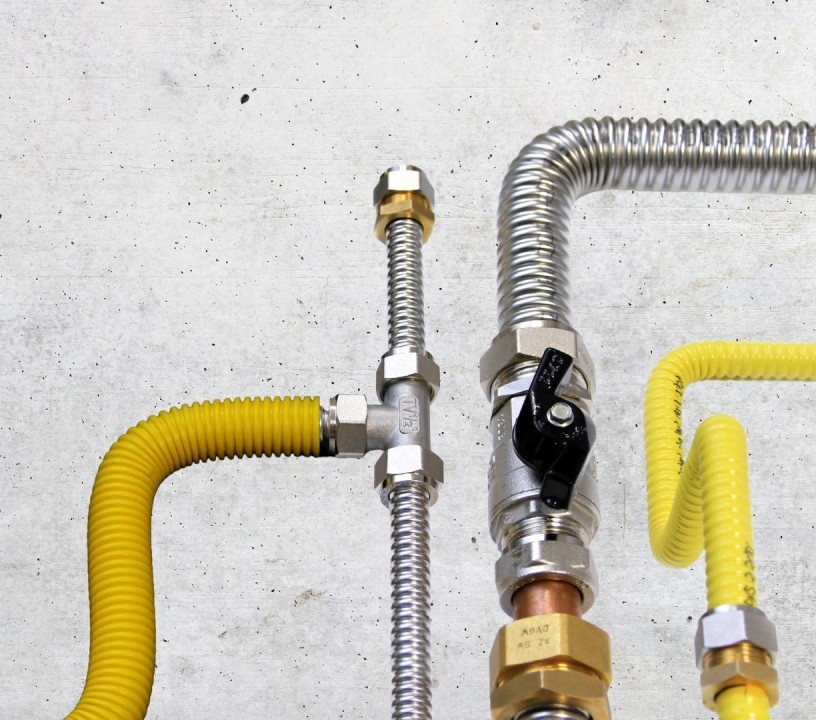Many installers wonder which stainless steel to choose from the CATS system. CATS systemsystem: 316L or 304? The decision depends, above all, on the hardness of the water and the environment in which the installation will be carried out.
In this guide we explain the technical and practical differences between the two steels to help you choose the most suitable in each case.
Main differences between 316L and 304 stainless steels
Both are austenitic steels widely used in plumbing, heating and air conditioning. Although they share many properties, their chemical composition determines key differences in strength, applications and cost.
Chemical composition
- 316L stainless steel: contains 2 to 3% molybdenum, which improves its resistance to corrosion in chloride or chemical environments.
- Stainless steel 304: it has a simpler composition and a lower presence of molybdenum (less than 0.03%).
Corrosion resistance
- 316L: Offers superior corrosion resistance, especially in environments involving chlorides and other corrosive agents. It is best suited for marine and chemical applications.
- 304: Has good corrosion resistance in a wide variety of environments, but is not as resistant as 316L in the presence of chlorides.
Resistance to stress corrosion
- 316L: Has better resistance to stress corrosion cracking (stress corrosion cracking) than 304, making it more suitable for applications where structural integrity is critical.
- 304: Although it offers resistance to stress corrosion, it is not as robust as 316L in this respect.
Weldability
Both are readily weldable, but 316L may be more sensitive to pitting corrosion in heat-affected areas after welding. Heat treatment after welding is recommended to maintain corrosion resistance.
Typical applications
- 316L: Commonly used in more corrosive environments, such as chemical, marine, food processing and medical applications.
- 304: It is suitable for a wide range of applications, such as the manufacture of cookware, architectural components, medical equipment and storage tanks.
Cost
316L steel is more expensive, but offers greater durability in harsh environments. 304, on the other hand, remains a cost-effective, high-performance option in common environments.
High temperature resistance
Both maintain their strength at elevated temperatures, but 316L may be slightly more resistant to corrosion at high temperatures due to its higher molybdenum content.
In summary, the choice between 316L stainless steel and 304 stainless steel will depend on the specific conditions of the application. If corrosion resistance in aggressive environments is crucial, 316L may be the preferred choice. However, 304 is still an excellent choice for many applications and is less expensive.


